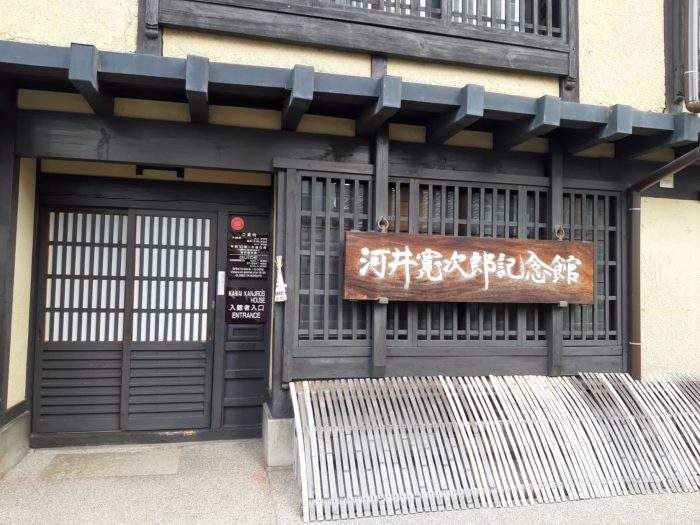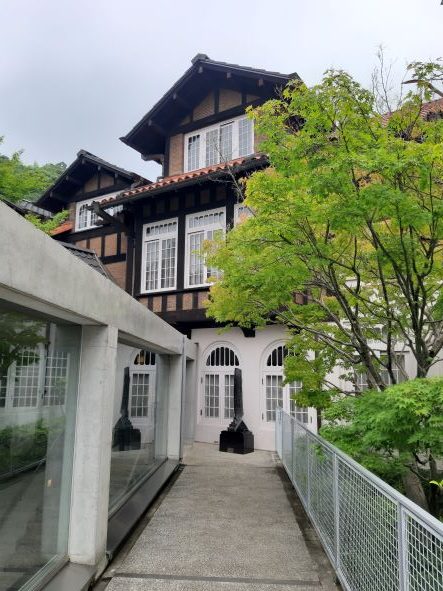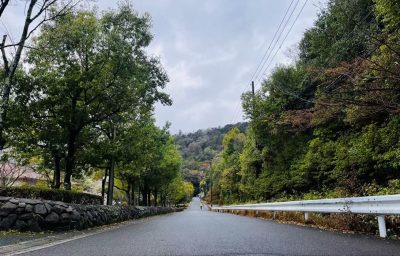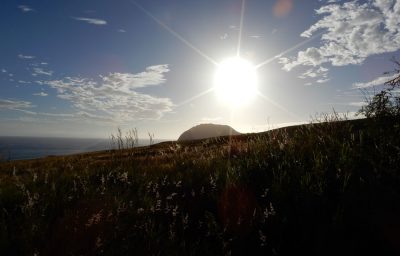COMMUNICATIONS
To Kyoto, a place apart
“The man who finds his homeland sweet is still a tender beginner; he to whom every soil is as his native one is already strong; but he is perfect to whom the entire world is as a foreign land.” Hugo of St. Victor, Didascalicon (cited in Edward W. Said, Orientalism, Pantheon Books 1978)
A media awash with stereotypes of different cultures and peoples; an internet stirring up hatred and prejudice towards foreigners. The absurdity of the everyday continues with Russia’s February 2022 invasion of Ukraine, in an international situation already volatile from the global Covid-19 crisis. These were the circumstances in which my family and I transcended national borders and arrived in Kyoto.
My research at Nichibunken, several years in the planning, finally began, although half a year later than scheduled as my entry into Japan was delayed owing to the Japanese government’s border controls. The Covid-19 reality we face today reflects the warnings of the Italian philosopher, Giorgio Agamben: the sacralization of medical science, the suppression of personal liberty, the strengthening of state power, and the weakening of communication between nations and peoples.
Fortunately, my research at Nichibunken went smoothly enough, thanks to the generous support and assistance of the International Research Promotion Unit. Nichibunken is an institution whose scholars pursue research in a holistic, interdisciplinary fashion, and from an international perspective. It is a wonderful environment where, quite unlike a university, scholars can devote themselves exclusively to research. The Center has the tranquil air of a monastery; situated at the foot of the mountains to the west of Kyoto, in a residential area next to the Katsurazaka Wild Bird Park and surrounded by nature. A library with a comprehensive collection of all manner of resources for research on Japan, a Common Room for intellectual exchange, a study where I could devote myself to work—all this made for a perfect, collegial research environment.
Yanagi was in search of a vital, simple and vibrant beauty resulting from naturally-emerging traditions of craftsmanship. In the mid-1920s, he published “Nihon mingei bijutsukan setsuritsu shuigaki” with Hamada Shōji, Kawai Kanjirō and Tomimoto Kenkichi, a manifesto which signaled the launch of the mingei movement. This began as a committed response to the crisis of modernity and sought out beauty in an assortment of objects associated with life in the ancient capital of Kyoto. The movement proclaimed mingei thought as a multifaceted concept embracing the beauty, religion, and society represented by these assorted objects of Kyoto life, and disseminated it as a universal value that transcended eat and west.

Figure 1. Kawai Kanjirō’s Memorial Hall
This is the Memorial Hall of Kawai Kanjirō, a leading member of the mingei movement. The Hall displays a variety of objects that represent the harmony of beauty and life to which the mingei movement aspired. Visitors can also see the room in which Kawai worked while alive. Photo by the author.
Following the launch of the Japan Folk Crafts Museum in Komaba, Tokyo in 1936, sixteen folk craft museums were opened across Japan to display the traditional arts and crafts unique to those regions. Today, thanks to the dissemination of those museums, the common term mingei refers to the search for a robust, vital beauty in the everyday. The mingei ideal is seen as a fusion of practicality, beauty and faith. The originator of all this was Yanagi and his critique of the age. He viewed Kyoto as a place apart, and, in order to respond to the problems of modernity and foster a more vital society, sought out the places, cultures, and people of the city that gave rise to its multifarious material objects.

Figure 2. Asahi Beer Oyamazaki Villa Museum of Art
Displayed here is the collection of Yamamoto Tamesaburō, an enthusiastic supporter of the mingei movement. Visitors can see works by Kawai Kanjirō, Hamada Shōji, Bernard Leach, Serizawa Keisuke, and Kuroda Tatsuaki, among others. Photo by the author.
This half-year Kyoto residence was a very fruitful experience in terms of both research and family life. I am deeply grateful to my counterpart, Professor Ushimura Kei, and the administrative staff of Nichibunken. Thanks also to everyone at Nichibunken House. Finally, I wish also to record my gratitude to the teaching staff at Katsura Elementary School for keeping a kindly eye on, and giving much support to, my son as he struggled with his Japanese.




